Showcase Your Books with DIY Wooden Bookends
Are you tired of your books tumbling over and creating a chaotic mess on your shelves? Or perhaps you're just looking for a way to add a personal touch to your home decor? Well, look no further! DIY wooden bookends are not just functional; they are a fantastic way to express your creativity while keeping your beloved books organized. Imagine stepping into your living room, and your eyes are immediately drawn to beautifully crafted bookends that reflect your style. Whether you prefer rustic charm, modern minimalism, or something quirky, the possibilities are endless.
Creating your own bookends can be a fun and rewarding project. Not only do you get the satisfaction of crafting something with your own hands, but you also have the opportunity to design unique pieces that will impress your guests and make your bookshelf stand out. Plus, this project can be tailored to fit any skill level, from beginners to seasoned woodworkers. So, grab your tools, and let’s dive into the wonderful world of DIY wooden bookends!
In this article, we'll explore everything you need to know to create stunning bookends that will not only organize your books but also enhance your home decor. From choosing the right wood to essential tools and creative design ideas, we’ve got you covered. Ready to showcase your books in style? Let’s get started!

Choosing the Right Wood
When it comes to crafting your own wooden bookends, the choice of wood is crucial. Not only does it affect the durability of your bookends, but it also plays a significant role in their overall aesthetic appeal. Different types of wood offer various characteristics, so understanding these can help you make an informed decision. For instance, hardwoods like oak and maple are known for their strength and resistance to wear, making them ideal for heavy books. On the other hand, softer woods like pine are easier to work with and can be perfect for lighter, decorative bookends.
Here’s a quick overview of some popular wood types you might consider:
| Wood Type | Characteristics | Best For |
|---|---|---|
| Oak | Strong, durable, and has a beautiful grain | Heavy books and long-lasting use |
| Maple | Hard, fine texture, and light in color | Sturdy bookends with a modern look |
| Pine | Soft, lightweight, and easy to work with | Lightweight books and DIY projects |
| Walnut | Rich color and grain, very durable | Elegant bookends that stand out |
As you can see, each wood type has its unique benefits. If you're looking for a rustic charm, you might lean towards pine or oak. However, if you want something sleek and modern, maple or walnut could be your best bet. Think about the style of your home decor and the purpose of your bookends—this will guide your choice. Don't forget that you can also mix and match woods for a more eclectic look, allowing your creativity to shine through!
Moreover, consider the environmental impact of your wood selection. Opting for sustainably sourced wood not only contributes to the planet's health but also adds a story to your bookends. You could even use reclaimed wood for a unique, vintage feel while minimizing waste. The journey of selecting the right wood is not just about function; it’s about expressing your personality and values through your craftsmanship.
In summary, choosing the right wood for your DIY bookends is a blend of practicality and personal style. Take your time to explore different options, envision the final product, and enjoy the process of creating something truly special. After all, these bookends won’t just hold your books; they will also tell your story!

Essential Tools and Materials
When embarking on your DIY wooden bookend project, having the right tools and materials at your disposal is absolutely crucial. Think of it like preparing for a big game; without the right equipment, you're not going to perform your best! First off, let's talk about the tools. You don't need a full workshop to get started, but a few basic hand tools will make your life a lot easier.
For cutting, a hand saw or a miter saw is essential. These tools allow you to make clean, precise cuts in your wood. And while you’re at it, don’t forget about a measuring tape and a square to ensure your cuts are accurate. After cutting, you’ll want to smooth those edges, and for that, a sander is your best friend. Whether you choose a manual sanding block or an electric sander, it’s key to achieving that polished look.
Now, let’s dive into the materials. The type of wood you choose will significantly impact the durability and aesthetic of your bookends. Popular options include pine, oak, and birch. Each type of wood has its own unique characteristics, from grain patterns to color, so take your time to select the one that resonates with your style. If you’re feeling adventurous, you could even consider reclaimed wood for a rustic touch!
In addition to wood, you’ll need some adhesives. Wood glue is a must-have for securing your pieces together. If you want to go the extra mile, consider using wood screws for added strength. And let’s not forget about finishing materials! A good quality stain or paint will not only enhance the look of your bookends but also protect the wood from wear and tear. Finally, a sealant is essential to give your bookends that professional finish and longevity.
Here’s a quick overview of the essential tools and materials:
| Tools | Purpose |
|---|---|
| Hand Saw / Miter Saw | For cutting wood to size |
| Measuring Tape | For accurate measurements |
| Square | Ensures cuts are straight and corners are right-angled |
| Sander | Smooths edges and surfaces |
| Wood Glue | For securing pieces together |
| Wood Screws | For added strength in assembly |
| Stain/Paint | Enhances appearance and protects wood |
| Sealant | Provides a protective finish |
With these tools and materials in hand, you’re well on your way to creating stunning wooden bookends that not only serve a practical purpose but also elevate your home decor. Remember, the right preparation sets the stage for a successful project, so take your time to gather everything you need before diving in!
Q: What type of wood is best for beginners?
A: Pine is often recommended for beginners due to its affordability and ease of work. It’s soft, making it easier to cut and sand.
Q: Can I use paint instead of stain?
A: Absolutely! Paint can offer a vibrant finish, while stain enhances the natural wood grain. It ultimately depends on the look you want to achieve.
Q: How long does it take to make wooden bookends?
A: Depending on your skill level and the complexity of the design, it can take anywhere from a couple of hours to a full day.
Q: Do I need any special skills to make bookends?
A: Not at all! Basic woodworking skills are helpful, but many beginners successfully create beautiful bookends with a little patience and practice.

Basic Hand Tools
When embarking on your DIY wooden bookends project, having the right at your disposal is crucial. These tools not only make the process smoother but also ensure that your finished product is both aesthetically pleasing and functional. Think of them as the essential ingredients in your woodworking recipe—without them, your project may not turn out as planned!
First and foremost, a measuring tape is your best friend. Accurate measurements are the cornerstone of any successful woodworking project. You wouldn’t want your beautiful bookends to wobble or, worse, not fit your books at all! Alongside your measuring tape, a square is vital for ensuring that your cuts are straight and your angles are perfect. This tool helps you maintain precision, which is key to achieving a professional-looking finish.
Next up is the handsaw. While power tools have their place, a good handsaw allows for greater control, especially when making intricate cuts. It’s like the difference between painting with a broad brush versus a fine-tipped one. You want that level of detail! Additionally, a chisel is essential for any fine-tuning or detailing you want to add to your bookends. It’s perfect for carving out designs or smoothing edges, giving your project that personal touch.
Don't forget about a sanding block or sandpaper! After cutting your wood, it’s important to smooth out any rough edges. Imagine running your fingers along a beautifully finished piece of wood—smooth and inviting. That's what sanding achieves! It not only enhances the appearance but also prevents splinters, making your bookends safe to handle.
Finally, a clamp can be a lifesaver during assembly. It holds your pieces together while the glue dries, ensuring that everything stays in place. Think of it as a supportive friend, keeping everything together when you need it most. With these basic hand tools in your toolkit, you’re well on your way to creating stunning wooden bookends that reflect your personal style and craftsmanship.
In summary, here’s a quick recap of the basic hand tools you'll need:
- Measuring Tape
- Square
- Handsaw
- Chisel
- Sanding Block/Sandpaper
- Clamp
By equipping yourself with these essential tools, you’ll not only enhance your woodworking experience but also elevate the quality of your finished product. So, roll up your sleeves, gather your tools, and let your creativity flow!
Q: Do I need power tools to make wooden bookends?
A: No, you can successfully create wooden bookends using just basic hand tools. However, power tools can speed up the process and provide more precise cuts.
Q: What type of wood is best for beginners?
A: Pine is an excellent choice for beginners due to its softness, ease of cutting, and affordability.
Q: Can I customize my bookends after assembling them?
A: Absolutely! You can paint, stain, or even add decorative elements to personalize your bookends after assembly.
Q: How do I ensure my bookends are sturdy?
A: Using proper assembly techniques and ensuring that your joints are secure will help make your bookends sturdy and functional.
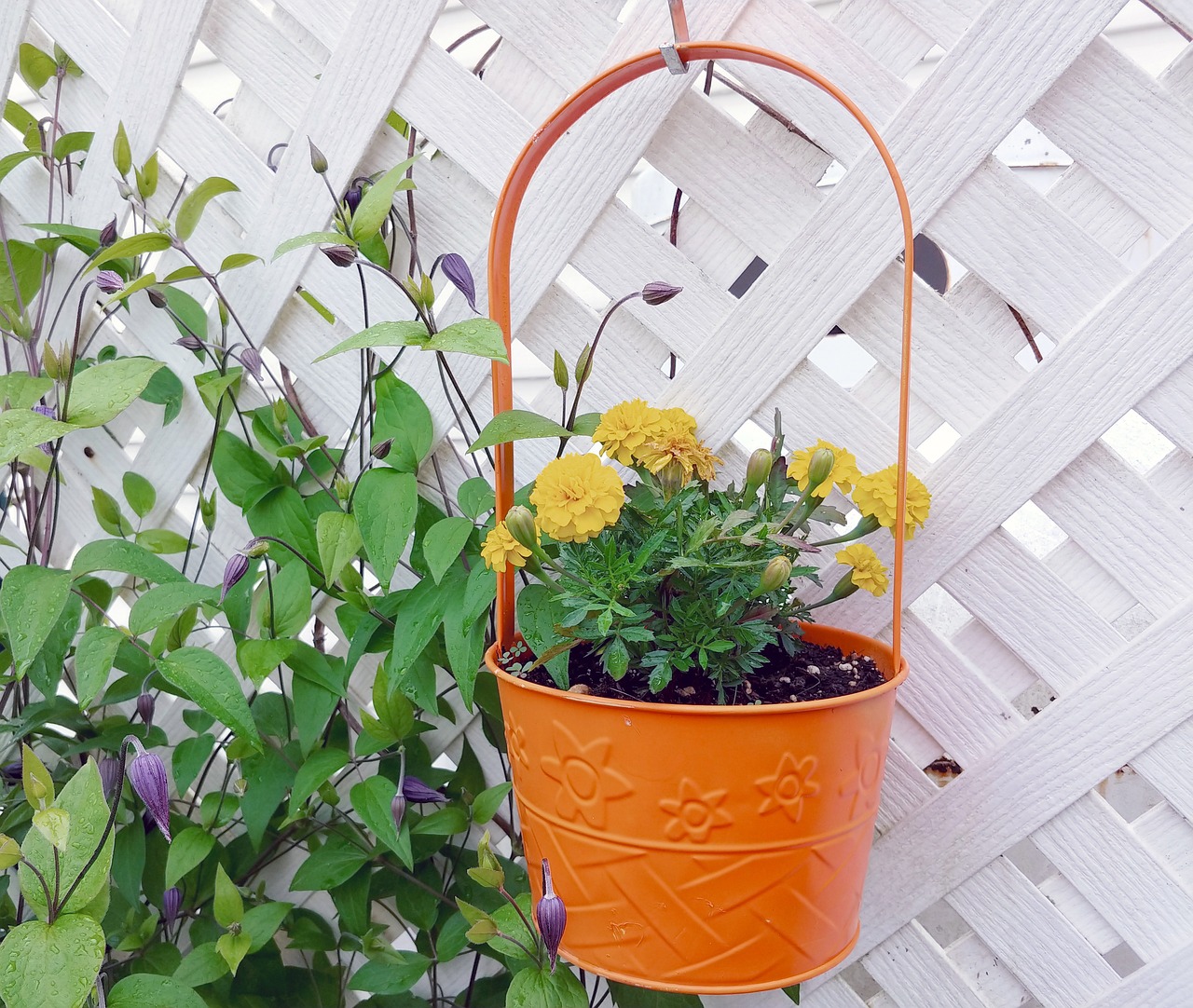
Power Tools for Efficiency
When it comes to woodworking, especially in creating your own DIY wooden bookends, having the right power tools can make a world of difference. Imagine trying to cut through a thick piece of wood with just a hand saw; it’s like trying to slice through a steak with a butter knife—frustrating and inefficient! Power tools not only speed up the process but also provide a level of precision that hand tools often can’t match.
One of the most essential power tools for your bookend project is the circular saw. This versatile tool allows you to make straight cuts with ease, whether you're working with plywood or solid wood. If you're looking for something even more precise, a jigsaw can be invaluable for cutting curves and intricate designs. Think of it as the artist's brush for your woodworking canvas.
Another fantastic tool to consider is the router. This tool can help you create decorative edges or hollow out sections of wood, giving your bookends a unique flair. Plus, using a router can elevate your designs from basic to stunning, making it well worth the investment. If you're planning to sand your bookends, a power sander will save you a lot of elbow grease, ensuring a smooth finish without the hassle of manual sanding.
To give you a clearer picture, here’s a quick table summarizing the essential power tools you might need:
| Power Tool | Function |
|---|---|
| Circular Saw | For straight cuts in various types of wood. |
| Jigsaw | For cutting curves and intricate designs. |
| Router | For creating decorative edges and hollowing out wood. |
| Power Sander | For achieving a smooth finish quickly. |
Using these tools effectively can significantly enhance your woodworking experience. However, it's crucial to remember safety first! Always wear protective gear, such as goggles and ear protection, when operating power tools. It's easy to get caught up in the excitement of crafting, but safety should always be your top priority.
In summary, investing in the right power tools not only boosts your efficiency but also elevates the quality of your work. They allow you to express your creativity in ways that hand tools simply can't match. So, before you dive into your next project, take a moment to assess which power tools will best suit your needs and help you create stunning wooden bookends that will impress everyone who sees them!
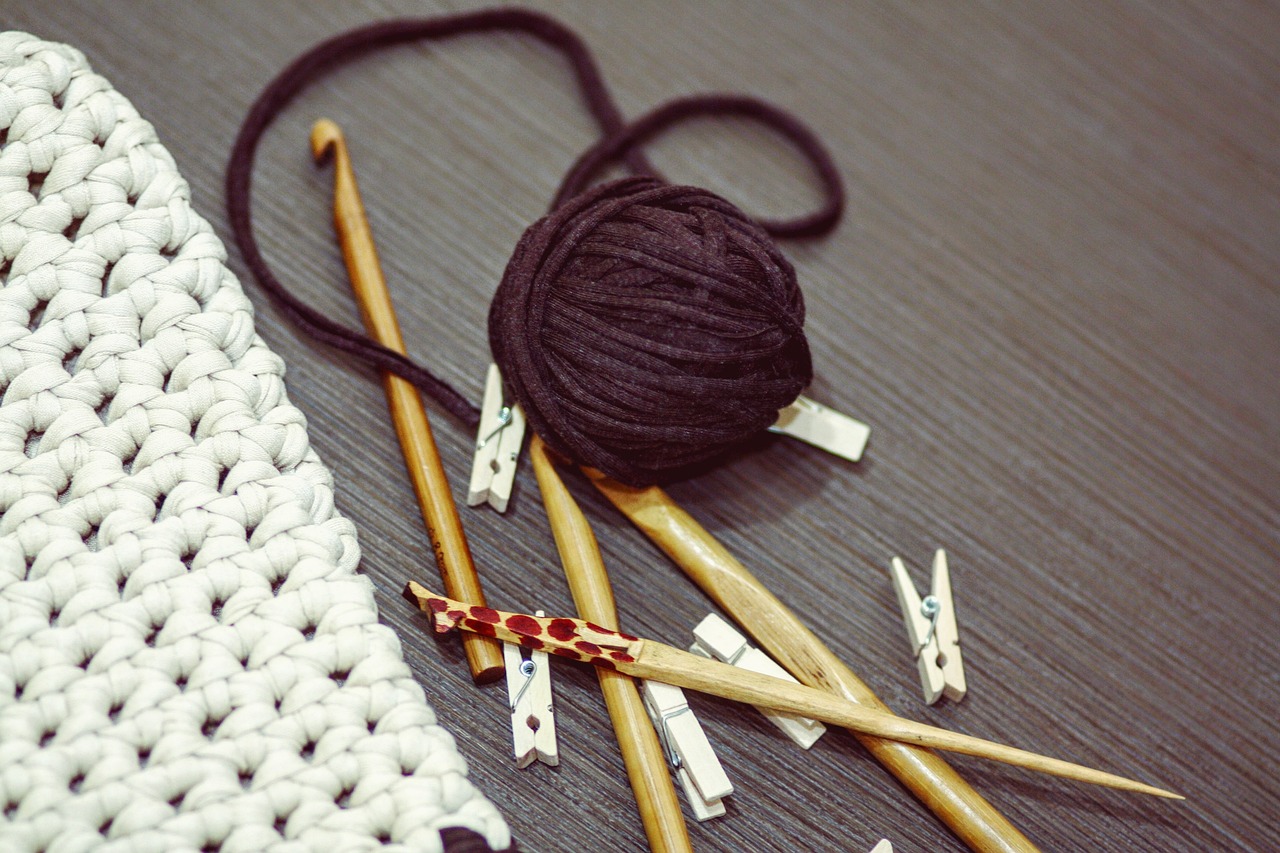
Finishing Materials
When it comes to crafting your wooden bookends, the finishing touches are what truly elevate your project from ordinary to extraordinary. The right finishing materials not only enhance the visual appeal of your bookends but also protect them from wear and tear. Think of finishing as the icing on the cake; it’s the final layer that brings everything together and makes it look polished and professional. So, let’s dive into some essential finishing materials that can help you achieve that stunning look!
First up, we have wood stains. Stains come in a variety of colors and shades, allowing you to match your bookends with your home decor effortlessly. Whether you prefer a deep mahogany or a light oak finish, wood stains can enhance the natural grain of the wood, giving it character and depth. Applying stain is relatively simple; just make sure to test it on a scrap piece of wood first to see how it interacts with your chosen wood type.
Next, we have sealants. Sealants are crucial for protecting your bookends from moisture, dust, and damage. A good sealant creates a barrier that keeps your wood looking fresh and vibrant for years to come. You can choose from a variety of sealants, including polyurethane, varnish, and lacquer. Each has its pros and cons, but polyurethane is often favored for its durability and ease of application. Just remember to apply it in thin layers and allow adequate drying time between coats for the best results.
Additionally, if you’re looking for a more natural option, consider using oil finishes. Oils like tung oil or linseed oil penetrate the wood, enhancing its natural beauty while providing a protective layer. These finishes are great for achieving a matte look and feel, which can be perfect for rustic or minimalist designs. Keep in mind that oil finishes may require more frequent reapplication compared to synthetic sealants, but they offer a unique charm that many woodworkers adore.
To give you a clearer idea of how these materials stack up, here’s a quick comparison table:
| Finishing Material | Appearance | Durability | Ease of Application |
|---|---|---|---|
| Wood Stain | Enhances grain | Moderate | Easy |
| Sealant (Polyurethane) | Glossy or satin | High | Moderate |
| Oil Finish | Natural matte | Moderate | Easy |
Finally, don’t forget about decorative finishes. These include techniques like distressing, antiquing, or adding a pop of color through paint. These methods can give your bookends a unique flair and make them stand out as true pieces of art. Just remember, the finishing materials you choose should reflect your personal style and the overall aesthetic of your home. So, let your creativity flow and have fun with it!
In conclusion, investing time and effort into selecting the right finishing materials can significantly impact the final look and longevity of your wooden bookends. Whether you opt for stains, sealants, or oils, each choice you make will contribute to the overall beauty and functionality of your creation. So grab your tools, get creative, and let those bookends shine!

Design Ideas for Bookends
When it comes to designing your own wooden bookends, the possibilities are as vast as your imagination! You can create bookends that not only serve a functional purpose but also act as stunning pieces of art in your home. Let's dive into some creative design ideas that will inspire you to craft bookends that reflect your personality and style.
One popular design trend is the geometric shape. Think about incorporating triangles, squares, or even hexagons into your bookends. These shapes can be painted in vibrant colors or left in their natural wood finish for a more rustic look. Imagine a pair of sleek, triangular bookends in a bold color, standing proudly on your shelf, organizing your favorite novels while adding a modern touch to your decor!
If you prefer a more whimsical approach, consider creating themed bookends that relate to your interests. For instance, if you're a fan of nature, you could design bookends shaped like trees or mountains. For the literature lovers, why not craft bookends that resemble classic book covers or even famous literary characters? These unique designs not only showcase your interests but also spark conversations among guests.
Another exciting idea is to incorporate mixed materials into your bookend designs. Pair wood with metal or glass for a stunning contrast. For example, you could create a wooden base with metal rods supporting the books. This combination not only adds visual interest but also enhances the durability of your bookends. Imagine the industrial chic vibe that a combination of reclaimed wood and brushed metal could bring to your bookshelf!
For those who enjoy a touch of elegance, consider adding decorative elements like carvings or engravings. Personalizing your bookends with your initials or a favorite quote can make them truly one-of-a-kind. You could even use stencils to paint intricate designs or patterns onto the wood. This not only elevates the aesthetic but also makes your bookends a reflection of your personal taste.
Finally, don't forget about the color palette you choose. Whether you go for bold and bright hues or soft, muted tones, the color can dramatically change the overall look of your bookends. You can even create an ombre effect or use a distressed finish for a vintage feel. This attention to detail will ensure that your bookends not only hold your books but also enhance the overall decor of your space.
In summary, the design ideas for your wooden bookends are endless. From geometric shapes to themed designs, mixing materials, and incorporating decorative elements, you have the freedom to create something that truly represents you. So grab your tools, unleash your creativity, and let your bookends become a beautiful part of your home!
- What type of wood is best for bookends? Hardwoods like oak or maple are great for durability, while softer woods like pine are easier to work with.
- Can I use power tools as a beginner? Yes! Just ensure you follow safety guidelines and start with basic tools to build your confidence.
- How can I personalize my bookends? You can paint, stain, or engrave them. Adding decals or decorative elements also adds a personal touch.
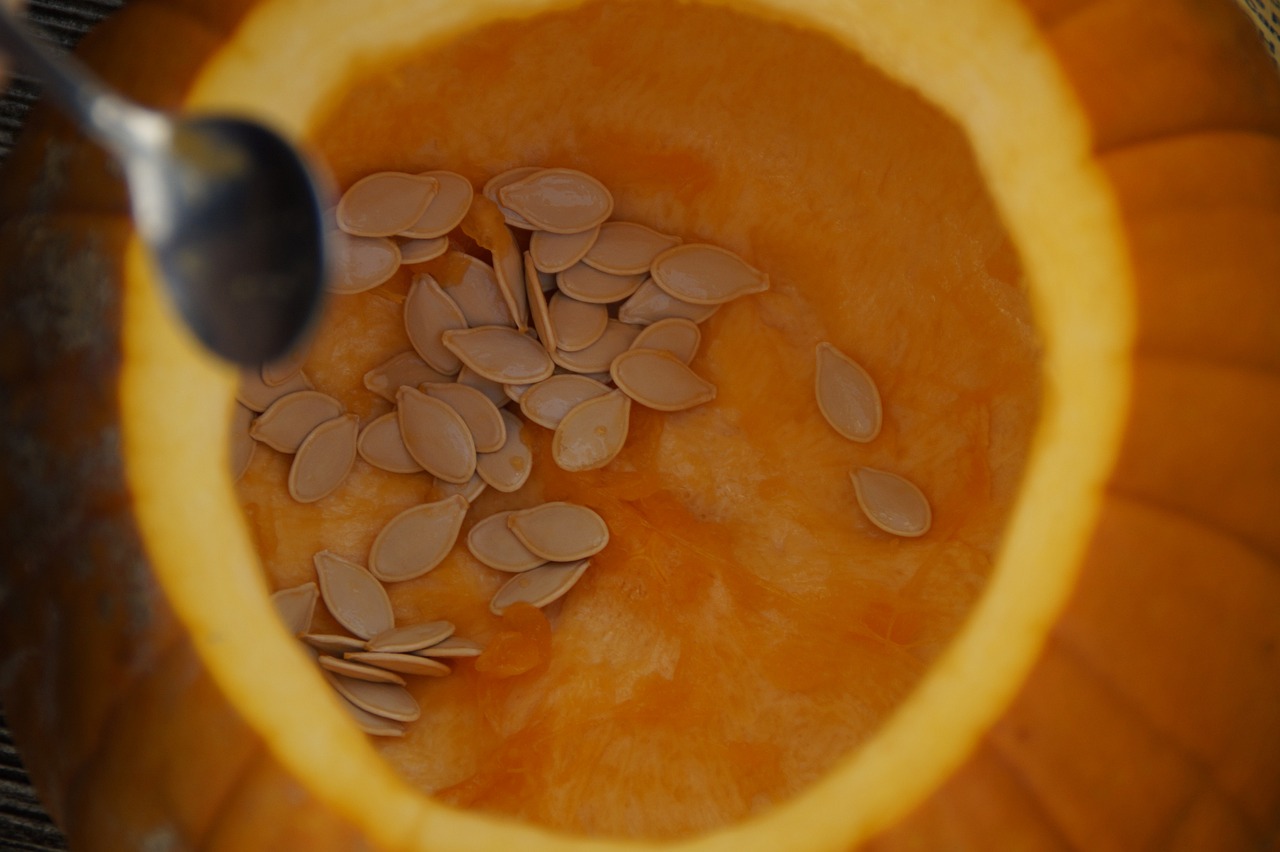
Step-by-Step Assembly Instructions
Creating your own wooden bookends can be an incredibly rewarding project, and it’s easier than you might think! The key to success lies in following a few simple steps. First, gather all your materials and tools, ensuring that everything is within arm's reach. This will make the process smoother and more enjoyable. Now, let’s dive into the assembly process!
Begin by measuring and cutting your wood to the desired dimensions. It’s essential to have precise measurements to ensure that your bookends will effectively support your books. Use a measuring tape and a square to mark your cuts accurately. For instance, if you want your bookends to be 6 inches wide, 8 inches tall, and 4 inches deep, mark these dimensions clearly on your wood. Then, carefully cut along the lines using your saw of choice. Remember, taking your time now will save you from potential mistakes later!
Once you have your pieces cut, it’s time to assemble them. Start by laying out the pieces as they will be joined. If you're using a simple design, you might just need to attach two identical pieces together. Apply wood glue along the edges where the pieces meet, and press them together firmly. For added strength, consider using wood screws or dowels to secure the joints. If you're unsure about the best joining method, here are a few common techniques:
- Wood Glue: Ideal for simple joints and provides a strong bond.
- Screws: Great for added stability, especially if you’re using heavier wood.
- Dowels: Perfect for a clean look, as they hide the joint.
After assembling your bookends, let the glue dry as per the manufacturer's instructions. This usually takes about 30 minutes to an hour. While waiting, you can start thinking about how you want to finish your bookends. Once the glue is set, use sandpaper to smooth out any rough edges or surfaces. This step is crucial, as it not only makes your bookends look polished but also prevents any splinters from ruining your experience.
Now comes the fun part: finishing your bookends. You can choose to paint, stain, or leave the wood natural. If you opt for paint, ensure the surface is clean and dust-free before applying a primer. This will help the paint adhere better and provide a more vibrant finish. For staining, apply your chosen stain evenly with a brush or cloth, and wipe off any excess to avoid blotchiness. Finally, don’t forget to seal your bookends with a clear coat to protect them from wear and tear.
Once everything is dry, it’s time to add a personal touch! You can decorate your bookends with decals, carvings, or even a splash of color. This is where your creativity can truly shine. Think about your home decor and choose colors or designs that will complement your space. After all, your bookends are not just functional items; they are also a way to express your personality!
In conclusion, assembling your wooden bookends is a straightforward process that can be broken down into manageable steps. By measuring accurately, choosing the right joining methods, and applying a beautiful finish, you’ll create bookends that are not only practical but also a stunning addition to your home. So grab your tools, unleash your creativity, and get started on this fun DIY project!
Q1: What type of wood is best for making bookends?
A1: Hardwoods like oak, maple, or walnut are excellent choices for durability and aesthetics. However, softer woods like pine can also work well if you prefer a lighter weight.
Q2: Do I need power tools to make bookends?
A2: While power tools can make the process quicker and easier, you can absolutely create beautiful bookends using just hand tools. It may take a bit more time, but it’s perfectly doable!
Q3: How can I personalize my bookends?
A3: You can personalize your bookends by painting them in your favorite colors, adding decals, or even engraving a meaningful quote or design.
Q4: How do I ensure my bookends are sturdy?
A4: Use strong joining methods like wood glue combined with screws or dowels, and ensure that you use thick enough wood to support the weight of your books.
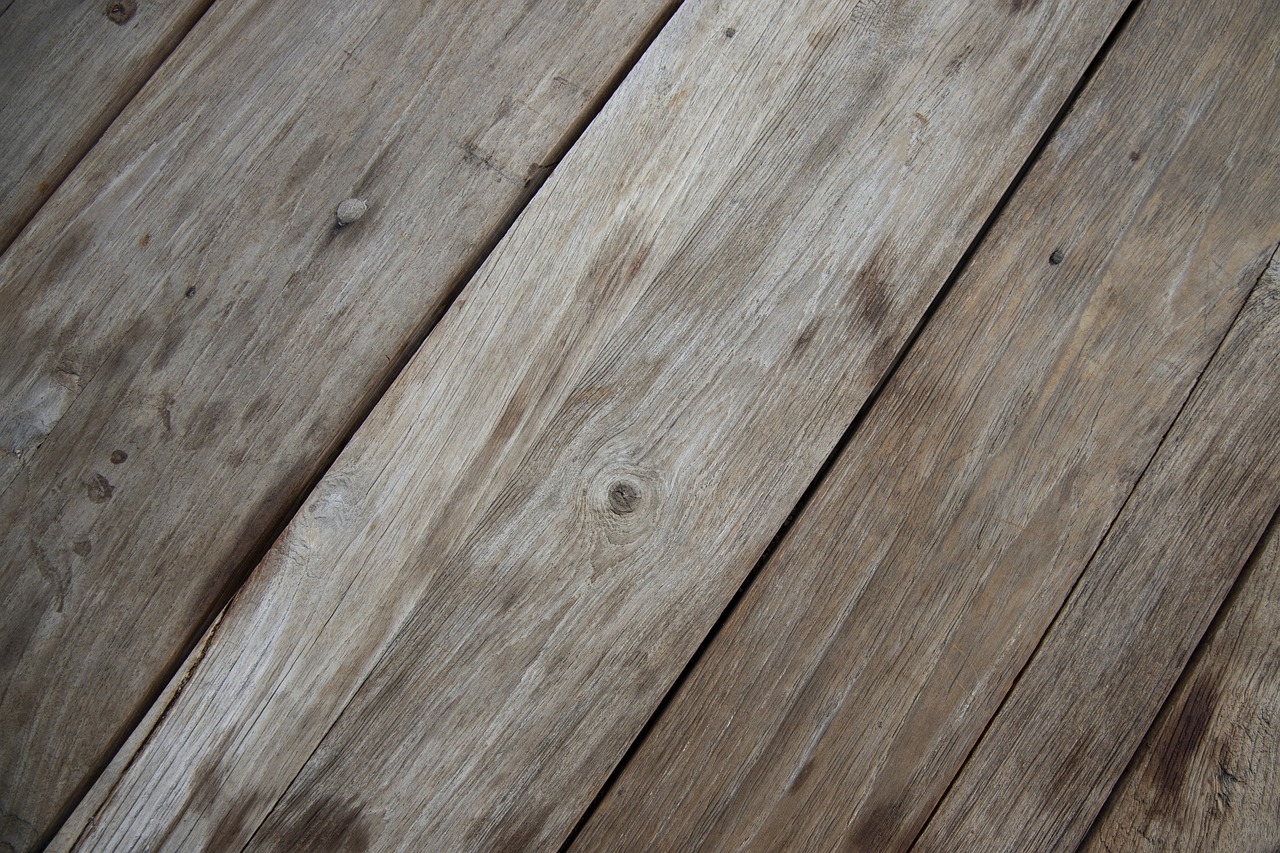
Measuring and Cutting
When it comes to creating your own wooden bookends, are two of the most critical steps in the process. Getting these right can mean the difference between a stunning display piece and a wobbly, ineffective book holder. So, how do you ensure precision? First, you'll want to gather your materials and tools. A good quality measuring tape, a square for checking angles, and a reliable saw are essential. Think of measuring like laying the foundation for a house; if the base is off, everything built on top will be too.
Start by determining the dimensions of your bookends. A typical bookend might be around 6 to 8 inches in height and 4 to 6 inches in width, but this can vary based on your personal style and the size of your books. Once you have your desired dimensions, mark these measurements clearly on your wood using a pencil. It’s crucial to be as precise as possible; even a small error can lead to uneven or mismatched bookends.
Next, it’s time to cut! If you’re using a hand saw, take your time and follow your marked lines carefully. For a more efficient approach, a power saw can make quick work of this task. Just remember, safety first! Always wear appropriate protective gear, such as goggles and gloves. As you cut, maintain a steady hand and let the tool do the work—don’t force it. If you find yourself in need of a visual guide, consider setting up a cutting station with clamps to hold your wood steady. This ensures clean cuts and keeps your fingers safe!
After cutting, it’s a good idea to sand the edges of your bookends. This not only removes any rough spots but also gives your bookends a polished finish. Use a medium-grit sandpaper followed by a fine-grit one for the best results. Think of sanding as the final touch-up on a painting; it brings everything together and makes it look complete.
To help visualize the process, here’s a simple table summarizing the key steps:
| Step | Action | Tools Needed |
|---|---|---|
| 1 | Measure and mark dimensions | Measuring tape, pencil |
| 2 | Cut the wood | Hand saw or power saw |
| 3 | Sand the edges | Sandpaper (medium and fine grit) |
By following these steps, you’ll ensure that your bookends not only fit perfectly on your bookshelf but also look fantastic. Remember, the key to a successful DIY project lies in the details, so take your time and enjoy the process!
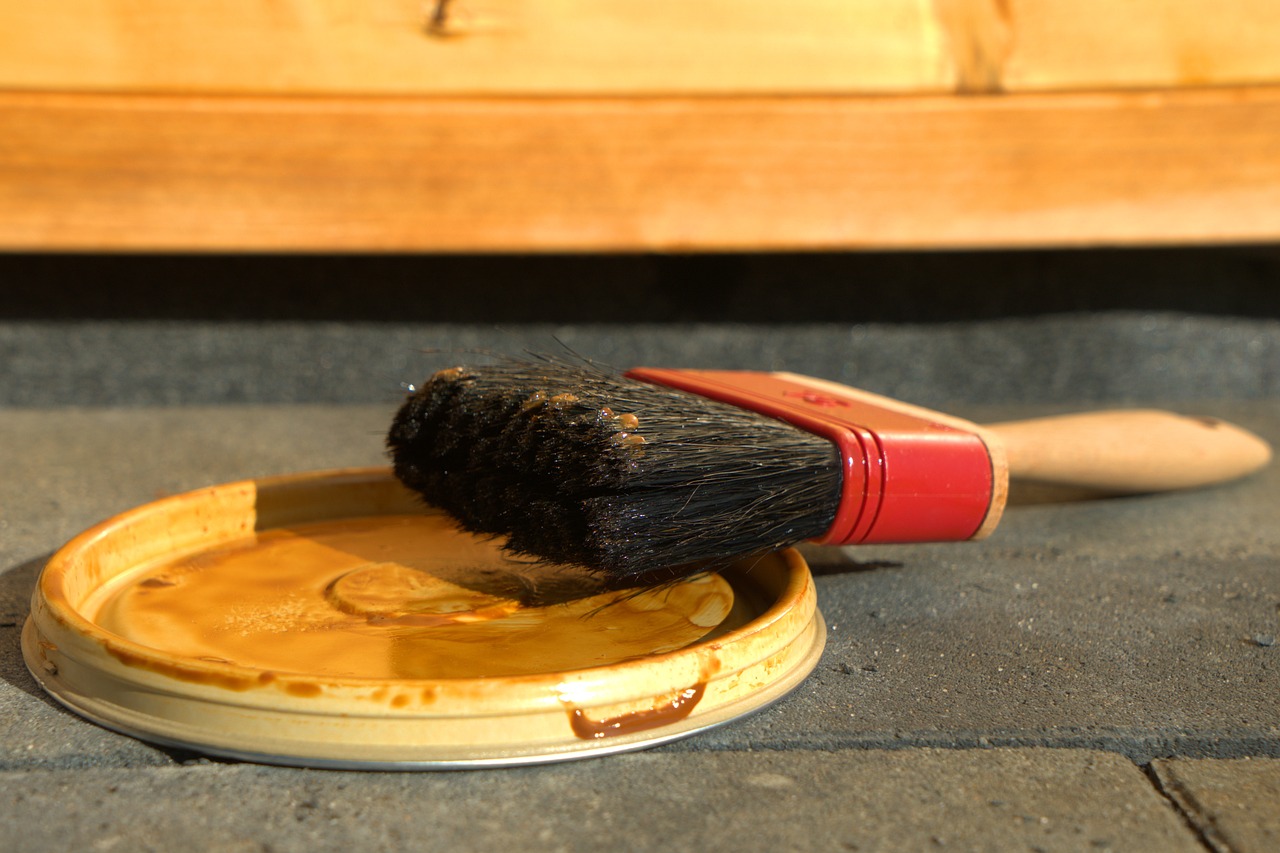
Assembly Techniques
When it comes to assembling your DIY wooden bookends, the techniques you choose can significantly impact both the durability and the aesthetic appeal of your final product. Think of assembly as the backbone of your project—without a strong foundation, even the most beautifully crafted bookends can falter. So, let’s dive into some effective assembly techniques that will ensure your creations are not only sturdy but also visually appealing.
One of the most popular methods for joining wood pieces is using wood glue. This technique is straightforward and effective for most DIY projects. Simply apply a generous amount of glue to the edges of the wood you wish to join, press them together, and clamp them until the glue dries. This method is ideal for bookends because it provides a clean look without visible hardware. However, remember that patience is key; allowing the glue to cure fully will yield the best results.
For those looking for a more robust assembly, consider using screws or dowels. Screws provide an extra layer of strength, especially if your bookends will bear the weight of numerous books. If you choose to use screws, pre-drill holes to avoid splitting the wood. On the other hand, dowels offer a hidden joinery option that can enhance the overall finish of your bookends. To use dowels, drill corresponding holes in both pieces of wood, insert the dowels with glue, and clamp them together until the glue dries.
Another technique worth mentioning is the use of corner brackets or L-brackets. While these may not be the most aesthetically pleasing option, they provide incredible stability, especially for larger or heavier bookends. Simply attach the brackets to the inside corners of your bookends using screws. This method is particularly useful if you plan to stack heavier books or if your bookends are more decorative than functional.
As you embark on your assembly journey, don’t forget about the finishing touches. Sanding the edges where the wood joins can create a seamless look and ensure that there are no rough spots. Additionally, if you plan to paint or stain your bookends, make sure to do so after assembly for a more polished finish. This way, you can avoid any accidental spills on unprotected wood surfaces.
In summary, the assembly techniques you choose can greatly influence the final outcome of your wooden bookends. Whether you opt for the simplicity of wood glue, the strength of screws and dowels, or the stability of brackets, each method has its own advantages. Just remember to take your time, measure accurately, and enjoy the process of creating something uniquely yours!
- What type of wood is best for bookends? Hardwoods like oak or maple are excellent choices due to their durability and aesthetic appeal.
- Can I paint my wooden bookends? Absolutely! Painting is a great way to personalize your bookends and match them with your home decor.
- How do I ensure my bookends are sturdy? Using strong assembly techniques like screws or dowels can help reinforce the structure of your bookends.
- What tools do I need for assembly? Basic hand tools like a drill, clamps, and a screwdriver are essential for a successful assembly.
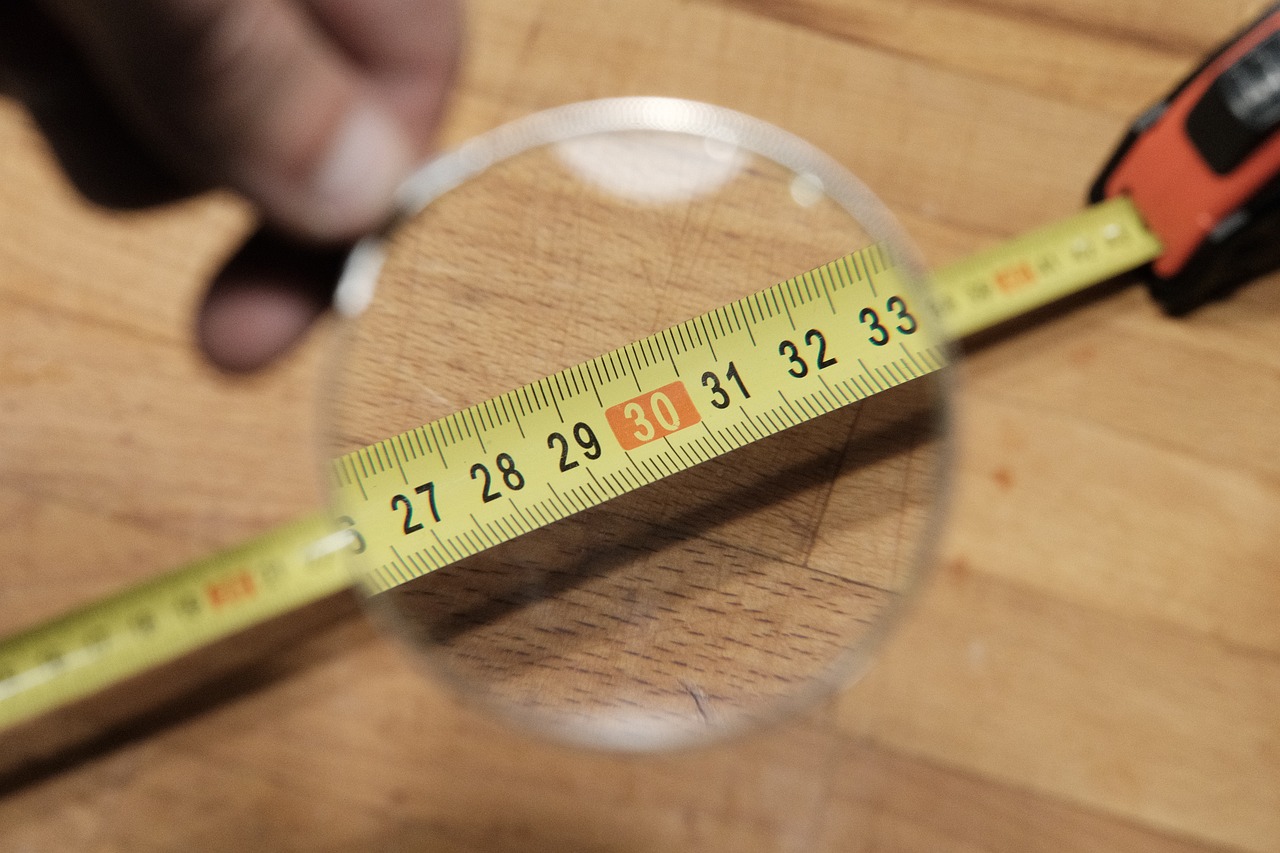
Personalizing Your Bookends
When it comes to personalizing your wooden bookends, the sky's the limit! Adding a personal touch not only makes your bookends uniquely yours but also transforms them into a statement piece in your home decor. Think of your bookends as a canvas; they can reflect your personality, interests, and style. Whether you prefer a minimalist look or something more vibrant and expressive, there are countless ways to customize your creations.
One of the simplest methods to personalize your bookends is through painting. You can choose a color palette that complements your room's decor or go for bold, contrasting colors that pop! For a modern twist, consider using geometric patterns or abstract designs. If you're feeling artistic, try your hand at freehand painting or stenciling. Remember, the key is to have fun and let your creativity flow!
Another exciting way to personalize your bookends is by using stains. Wood stains can enhance the natural grain of the wood while adding a splash of color. You can opt for classic shades like walnut or cherry for a timeless look, or go for a more contemporary style with vibrant hues like teal or coral. Staining not only beautifies your bookends but also offers a layer of protection against wear and tear.
If you're looking for something a bit more unique, consider adding decorative elements to your bookends. This could be anything from decals and stickers that resonate with your interests—think favorite quotes, animals, or even celestial designs—to intricate carvings or engravings that showcase your initials or a special date. These elements can add a touch of elegance and make your bookends stand out even more.
For those who enjoy a bit of DIY magic, why not incorporate mixed media into your design? You can attach small items like shells, stones, or even pieces of fabric to create a multidimensional look. This approach not only enhances the aesthetic appeal but also adds a tactile element, making your bookends a true conversation starter.
Finally, don’t forget about the functionality of your bookends. While personalizing them, ensure they remain sturdy and effective at holding your books. Consider adding felt pads to the bottom to prevent scratches on your shelves and enhance stability. After all, a well-crafted bookend should be as practical as it is beautiful!
In summary, personalizing your wooden bookends is an enjoyable and fulfilling project. Whether through painting, staining, adding decorative elements, or incorporating mixed media, the possibilities are endless. Embrace your creativity, and soon you'll have bookends that not only serve their purpose but also tell your unique story!
- What types of wood are best for bookends? - The best types of wood for bookends include oak, maple, and pine due to their durability and aesthetic appeal.
- Can I use power tools for this project? - Absolutely! Power tools can make the process quicker and more efficient, especially for cutting and sanding.
- How do I ensure my bookends are sturdy? - Use strong adhesives and proper joining techniques to reinforce your bookends. Consider adding weight to the base for extra stability.
- What finishing materials should I use? - Popular finishing materials include wood stains, varnishes, and sealants to protect your bookends and enhance their look.
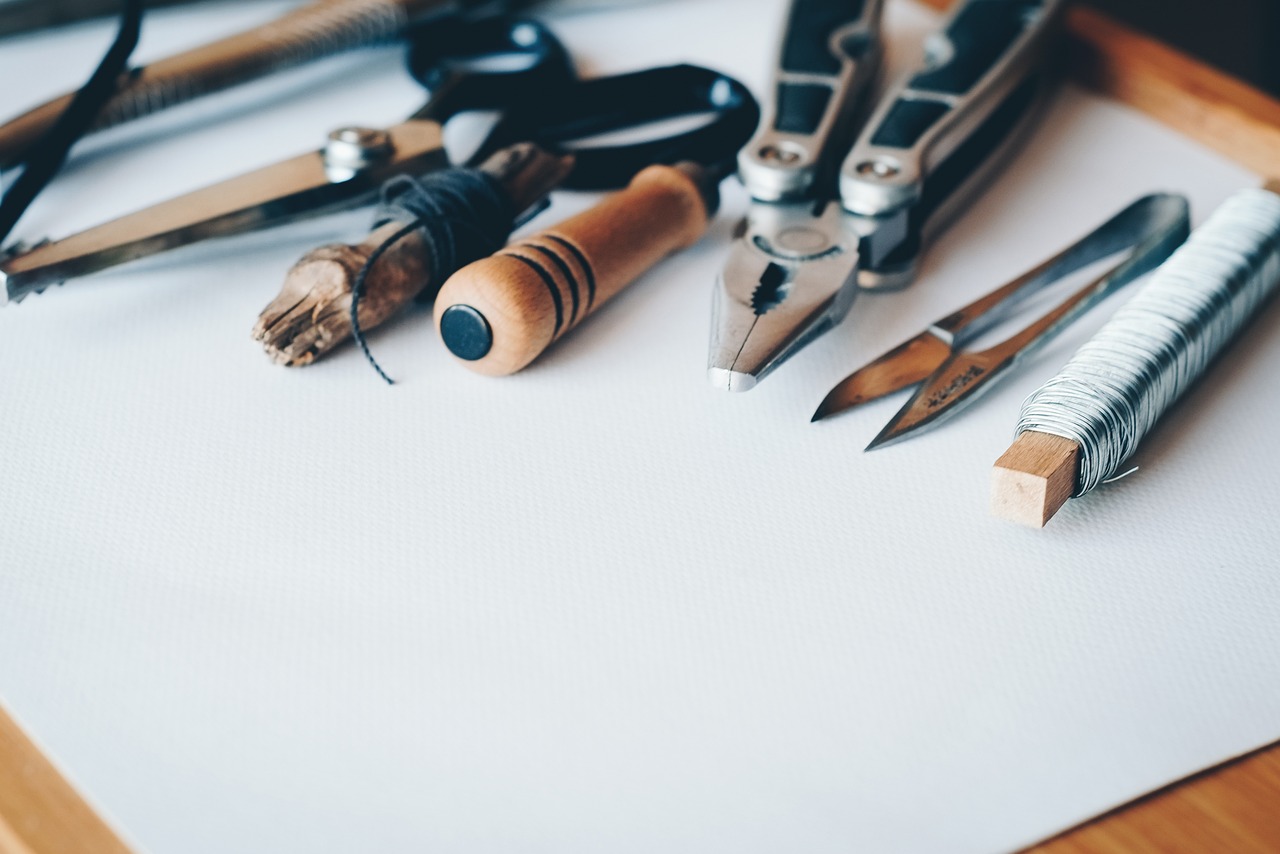
Painting and Staining Options
When it comes to painting and staining your wooden bookends, the options are as vast as your imagination! Not only do these techniques enhance the visual appeal of your bookends, but they also protect the wood from wear and tear. If you’re aiming for a rustic, natural look, you might prefer staining, which allows the grain of the wood to shine through, adding depth and character. On the other hand, if you're looking to make a bold statement, painting can transform your bookends into vibrant pieces of art that reflect your personal style.
Before diving into the painting or staining process, it's essential to prepare the surface of your bookends. Start by sanding the wood to create a smooth finish, which will help the paint or stain adhere better. Use a fine-grit sandpaper and be sure to wipe away any dust with a damp cloth afterward. This little step can make a huge difference in the final outcome!
Now, let’s explore some popular options:
- Water-Based Stains: These are easy to clean up and have low odor, making them perfect for indoor projects. They dry quickly and come in a variety of colors.
- Oil-Based Stains: Known for their rich color and durability, oil-based stains take longer to dry but provide a beautiful, deep finish.
- Acrylic Paint: This is a fantastic choice for bright, bold colors. Acrylic paint is water-based, dries quickly, and is available in a wide range of hues.
- Chalk Paint: If you’re going for a vintage look, chalk paint is your best friend. It has a matte finish and requires minimal preparation, making it easy to use.
After choosing your preferred method, consider adding a protective finish. A clear sealant or polyurethane can safeguard your bookends from scratches and moisture, ensuring they remain beautiful for years to come. Just remember to follow the manufacturer's instructions for application and drying times, as this will help you achieve the best results.
To give you a clearer idea of the differences between stains and paints, here's a quick comparison:
| Feature | Stain | Paint |
|---|---|---|
| Appearance | Enhances natural wood grain | Opaque; covers wood grain |
| Durability | Good; requires reapplication | Excellent; long-lasting finish |
| Application | Easy; requires less prep | Requires more prep and multiple coats |
| Odor | Low (water-based) | Varies; often stronger |
Ultimately, the choice between painting and staining your wooden bookends depends on your personal style and the atmosphere you wish to create in your home. So, grab your brushes and stains, and let your creativity flow! Your bookends can be a fantastic reflection of your personality, turning a simple organizational tool into a stunning decor piece.
Q: Can I use any type of paint on wood?
A: While you can use various types of paint, it's best to opt for acrylic or chalk paint as they adhere well to wood and provide a durable finish.
Q: How long does it take for paint or stain to dry?
A: Drying times vary based on the product used. Generally, water-based stains dry in about 1-2 hours, while oil-based stains may take up to 8 hours. Always check the manufacturer's instructions for specific drying times.
Q: Do I need to seal my bookends after painting or staining?
A: Yes, applying a clear sealant will protect your bookends from scratches and moisture, prolonging their lifespan and keeping them looking great.
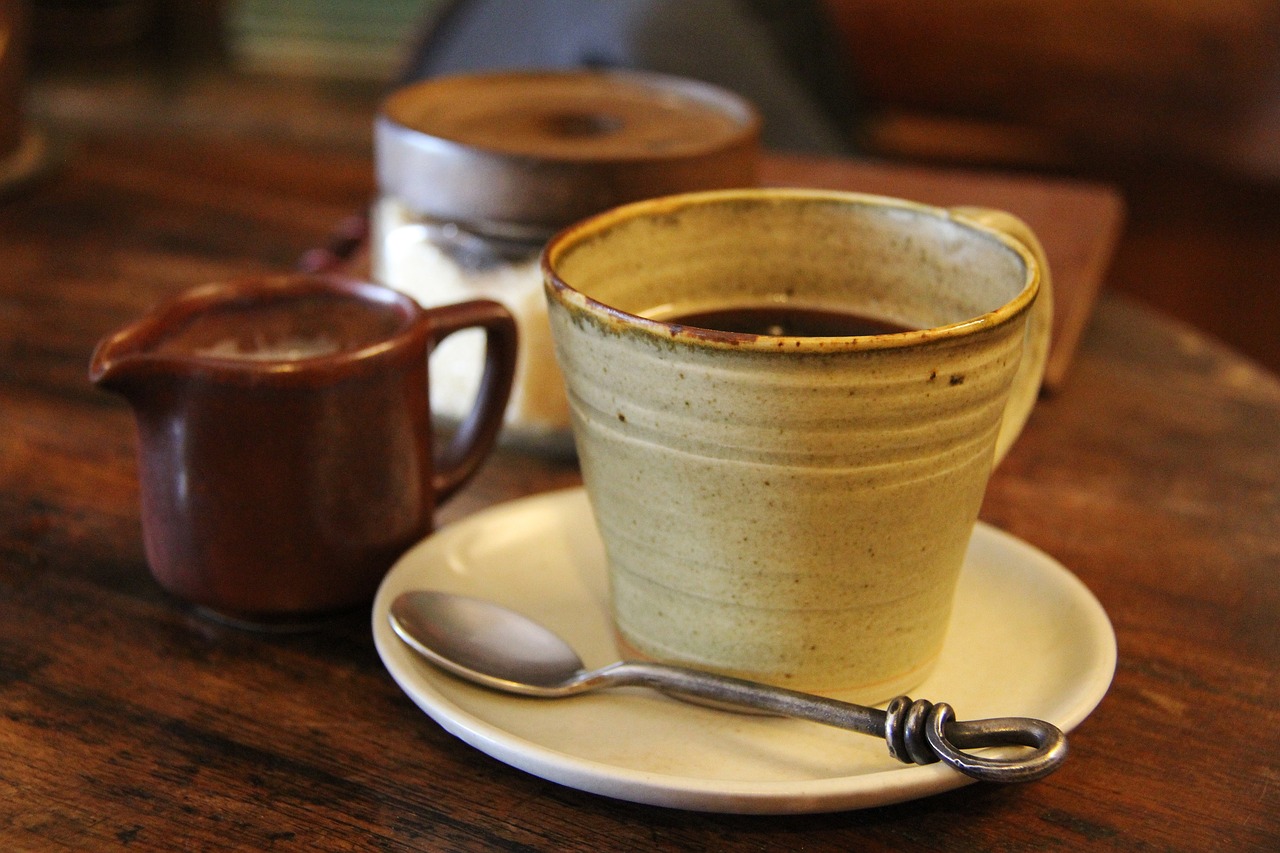
Adding Decorative Elements
When it comes to personalizing your wooden bookends, the sky's the limit! Adding decorative elements not only enhances the aesthetic appeal of your bookends but also makes them a true reflection of your personality and style. Think of your bookends as a blank canvas, waiting for your creative touch. Whether you’re a fan of minimalist designs or vibrant, eye-catching patterns, there’s something for everyone.
One popular way to spice up your bookends is through painting. You can opt for a solid color that matches your home decor or go for a more intricate design. For instance, using stencils can help you create beautiful patterns or quotes that resonate with you. Imagine your favorite literary quote elegantly displayed on your bookends, reminding you of the stories you love every time you reach for a book!
Another fantastic option is to incorporate decals or stickers. These can range from fun and quirky designs to sophisticated graphics that elevate the overall look of your bookends. If you’re feeling particularly crafty, you could even create your own decals using a vinyl cutter. This method allows for a level of customization that truly makes your bookends one-of-a-kind.
For those who enjoy a bit of texture, consider adding carvings or woodburning. These techniques can add depth and character to your bookends. You can carve your initials, a favorite symbol, or even a simple design that complements the wood's natural grain. If you’re new to woodburning, don't worry! It’s a fun process that allows you to experiment and develop your skills.
Finally, don’t forget about the finishing touches. Adding a layer of sealant not only protects your artwork from wear and tear but also gives it a polished look. You could even consider using a matte or glossy finish depending on the vibe you want to achieve. Remember, the goal is to create bookends that not only hold your books upright but also serve as a delightful decoration in your home.
As you embark on this decorative journey, let your creativity flow and don’t hesitate to mix different elements. The beauty of DIY projects is that there are no strict rules—just your imagination and a bit of wood! So grab your tools and let your personality shine through your unique bookends!
- What type of paint is best for wooden bookends? Acrylic paint is a popular choice because it dries quickly and adheres well to wood.
- Can I use stencils on my bookends? Absolutely! Stencils are a great way to create intricate designs without needing advanced painting skills.
- How do I seal my bookends after decorating them? You can use a clear wood sealant or polyurethane spray to protect your designs and enhance durability.
- Are there any specific tools needed for woodburning? Yes, you will need a woodburning tool, which is relatively inexpensive and easy to use for beginners.
Frequently Asked Questions
- What type of wood is best for DIY bookends?
When it comes to choosing wood for your bookends, hardwoods like oak, maple, or walnut are excellent choices due to their durability and aesthetic appeal. However, softwoods like pine or cedar can also work well, especially if you're looking for a lighter option or a more rustic look. Ultimately, the best wood depends on your personal style and the overall decor of your space.
- Do I need special tools to make wooden bookends?
While you can certainly use advanced power tools for efficiency, you can start with basic hand tools like a saw, sandpaper, and a drill. If you're a beginner, these tools are more than enough to create beautiful bookends. As you gain confidence, you might want to invest in power tools to make the process quicker and easier.
- How can I personalize my bookends?
Personalization is where the fun begins! You can paint your bookends in your favorite colors, apply stains to enhance the wood grain, or even engrave your initials or a meaningful quote. Adding decorative elements like decals or carvings can also give your bookends a unique flair that reflects your personality.
- What finishing materials should I use?
To protect your wooden bookends and enhance their appearance, consider using stains and sealants. Stains come in various colors, allowing you to achieve the desired look, while sealants will provide a protective layer against wear and tear. Make sure to choose non-toxic options if you're concerned about indoor air quality.
- Can I use recycled wood for my bookends?
Absolutely! Using recycled wood is a fantastic way to create eco-friendly bookends. Just ensure the wood is in good condition, free from rot or damage. With a little sanding and creativity, you can turn reclaimed wood into stunning bookends that tell a story.
- What are some design ideas for bookends?
There are countless design ideas for your bookends! You could go for a minimalist look with simple geometric shapes, or opt for themed designs like animals, nature, or even abstract art. The key is to choose a style that complements your home decor while showcasing your personality.
- How do I ensure my bookends are sturdy?
To ensure your bookends are sturdy, it's crucial to use strong assembly techniques. Consider using wood glue along with screws or dowels to reinforce the joints. Additionally, making sure the base is wide enough will provide stability, preventing them from tipping over when holding books.



















